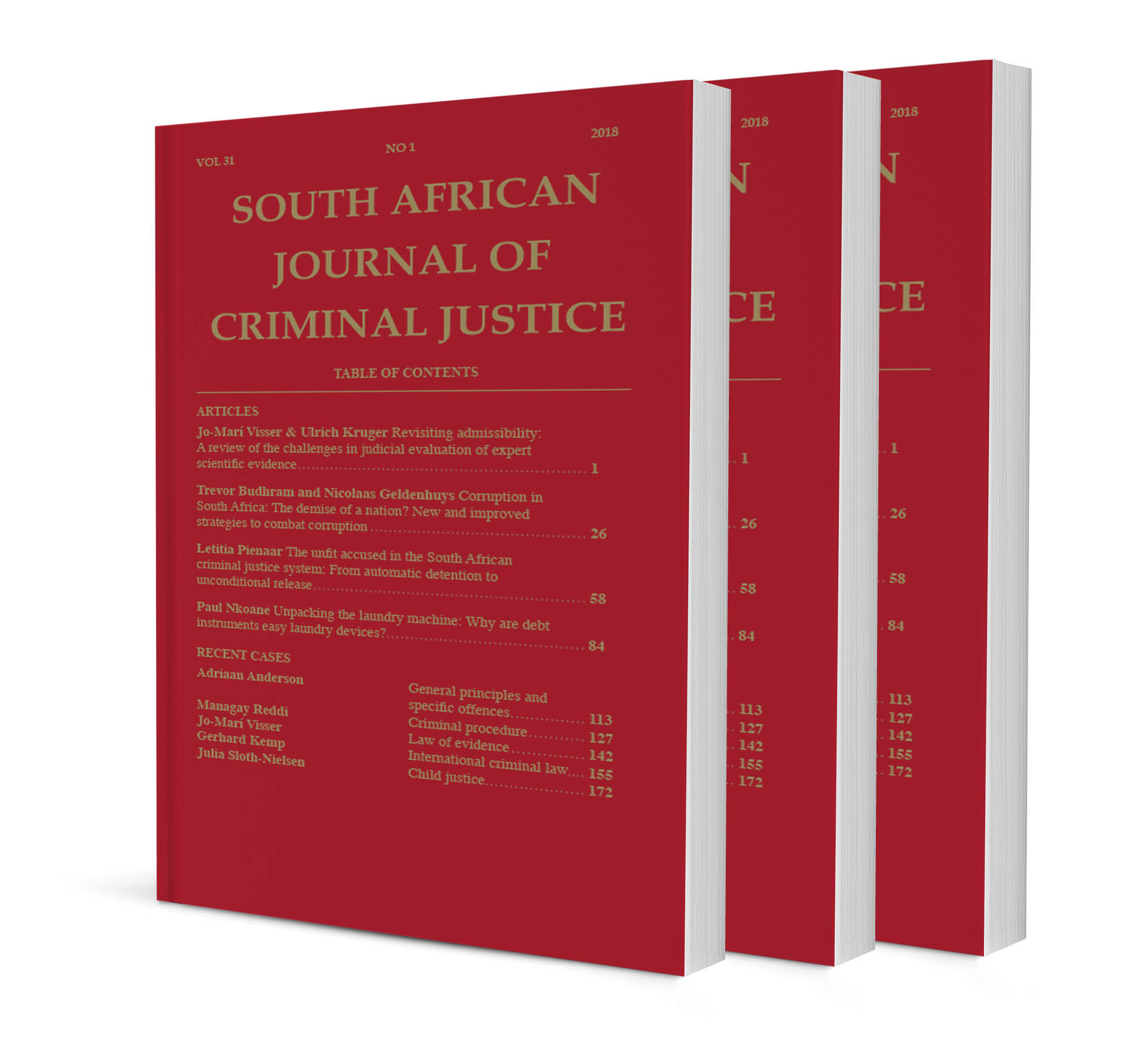
The pursuit of consistency in sentencing: Exploring Kenya’s sentencing guidelines
Author Juliet Okoth
ISSN: 1996-2118
Affiliations: Juliet R Amenge Okoth LLB (Moi) LLM LLD (University of the Western Cape). Visiting Professional, University of Basel; formerly Lecturer, International Criminal Law (University of Nairobi).
Source: South African Journal of Criminal Justice, Volume 33 Issue 1, p. 106 – 125
Abstract
Until 2016 the sentencing system in Kenya was mainly geared towards achieving individualised justice with very little emphasis on consistency. The only guidance that courts had at sentencing was guideline judgments from the high court and Court of Appeal. The judgements reveal a conservative stance towards issuing guidance with emphasis being placed on the unfettered discretion of courts in sentencing. This state of affairs contributed to unjustified disparity in sentencing and as a result, the Task Force on Sentencing recommended the adoption of sentencing guidelines to promote consistency. The Sentencing Guidelines adopted in Kenya in 2016, offer a uniform set of standards to guide courts in the process of sentencing. They provide a consistency of approach that courts are to use during sentencing which is expected to contribute to consistent outcomes. The Sentencing Guidelines are a positive development towards achieving the rule of law values of certainty and predictability in sentencing by making the sentencing process transparent and more comprehensible to the public. Nonetheless, the relaxed approach adopted by the guidelines towards sentencing raises doubts as to whether it is an effective measure towards achieving consistency in sentencing.